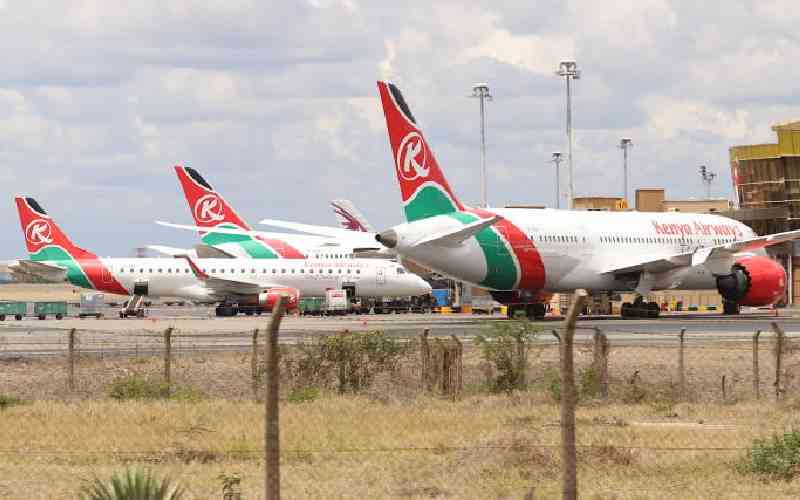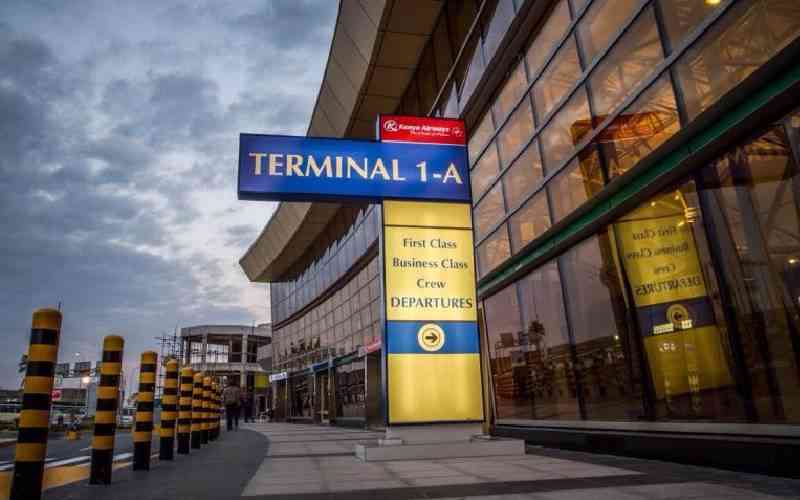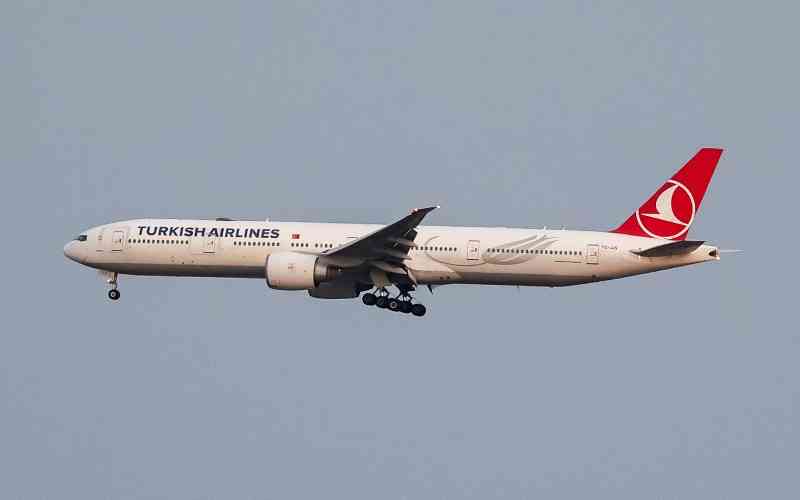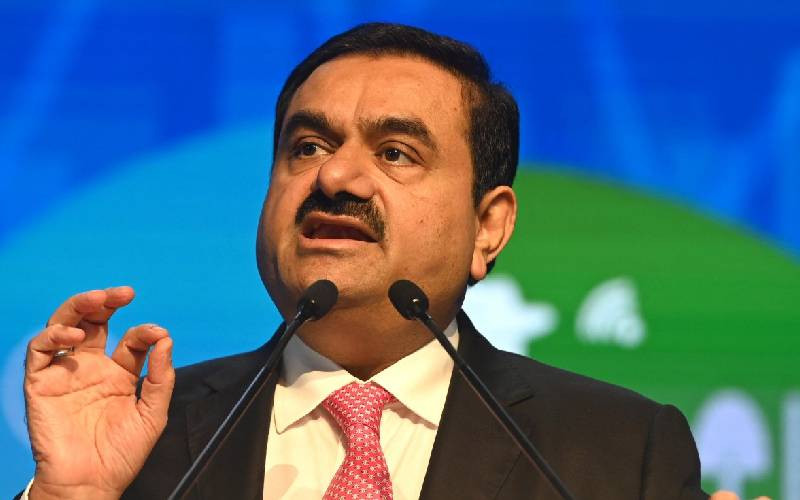The demand for global passenger traffic (measured in revenue passenger kilometers) for March 2019 rose by 3.1 per cent, compared to the same month a year ago, which was the slowest pace for any month in nine years.
This largely was owing to the timing of the Easter holiday, which fell nearly a month later than in 2018 according to the International Air Transport Association (IATA).
On a seasonally-adjusted basis, the underlying growth rate has been relatively steady since October 2018 at a 4.1 per cent annualised pace. Capacity (available seat) for the same period grew 4.2 per cent and load factor dropped 0.9 percentage point to 81.7 per cent.
“While traffic growth slowed considerably in March, we do not see the month as a bellwether for the rest of 2019. Nevertheless, the economic backdrop has become somewhat less favourable, with the IMF having recently revised its GDP outlook downward for a fourth time in the past year,” said Alexandre de Juniac, IATA’sDirector General and CEO.
IATA reported that March international passenger demand rose just 2.5 per cent compared to March 2018, which was down from 4.5 per cent year-over-year growth recorded in February and almost 5 percentage points below its five-year average pace.
All regions showed growth with the exception of the Middle East. Total capacity climbed four per cent, and load factor fell 1.2 percentage points to 80.8 per cent.
African airlines’ demand increased 2.1 per cent compared to March 2018, down from a 2.5 per cent rise in February. Capacity climbed 1.1 per cent and load factor strengthened 0.7 percentage point to 71.4 per cent.
The upward traffic trend has softened since mid-2018 in line with falling business confidence in some of the region’s key economies.
European carriers saw March demand increase 4.7 per cent over March 2018, down from 7.5v per cent annual growth in February.
The result partly reflects falling business confidence in the Eurozone and ongoing uncertainty about Brexit. March capacity rose 5.4% and load factor slid 0.6 percentage point to 84.2%, which still was the highest among regions.
Asia-Pacific airlines’ traffic climbed 2.0% in March, compared to the year-ago period, which was down from 4% growth in February. However, results were stronger on a seasonally-adjusted basis. Capacity increased 4.0%, and load factor dropped 1.6 percentage points to 80.1 per cent.
Middle East carriers’ passenger demand fell three per cent in March, marking a second consecutive month of declining traffic. This reflects the broader structural changes in the industry which have been taking place in the region. Capacity increased 2.3%, and load factor plunged 4.0 percentage points to 73.8 per cent.
North American airlines posted a three per cent traffic rise in March compared to the year-ago period, which was down somewhat from 4.2 per cent year-on-year growth in February.
On a seasonally-adjusted basis, traffic has been trending strongly upwards, however. Capacity climbed 2.6 per cent and load factor edged up 0.3 percentage point to 83.7 per cent.
Latin American airlines had the fastest traffic growth at 5.5 per cent, compared to a year ago, up from 4.6 per cent in February. March capacity rose 5.8 per cent, and load factor dipped 0.2 percentage point to 81.9 per cent.
Stay informed. Subscribe to our newsletter
Latin America was the only region to show an increase in the year-on-year growth rate for March compared to February. In seasonally-adjusted terms traffic continues to trend upward sharply, notwithstanding economic and political uncertainty in some key countries.
Next month, leaders of the industry will gather in Seoul for the 75th IATA Annual General Meeting and World Air Transport Summit where all of these items will be high on the agenda.
 The Standard Group Plc is a
multi-media organization with investments in media platforms spanning newspaper
print operations, television, radio broadcasting, digital and online services. The
Standard Group is recognized as a leading multi-media house in Kenya with a key
influence in matters of national and international interest.
The Standard Group Plc is a
multi-media organization with investments in media platforms spanning newspaper
print operations, television, radio broadcasting, digital and online services. The
Standard Group is recognized as a leading multi-media house in Kenya with a key
influence in matters of national and international interest.
 The Standard Group Plc is a
multi-media organization with investments in media platforms spanning newspaper
print operations, television, radio broadcasting, digital and online services. The
Standard Group is recognized as a leading multi-media house in Kenya with a key
influence in matters of national and international interest.
The Standard Group Plc is a
multi-media organization with investments in media platforms spanning newspaper
print operations, television, radio broadcasting, digital and online services. The
Standard Group is recognized as a leading multi-media house in Kenya with a key
influence in matters of national and international interest.









